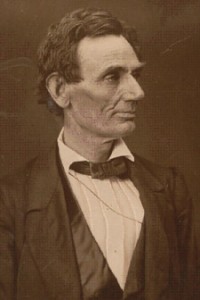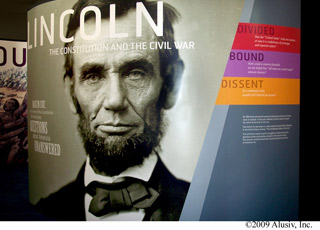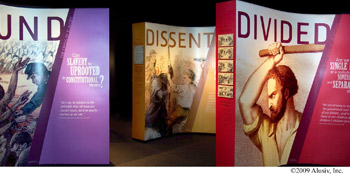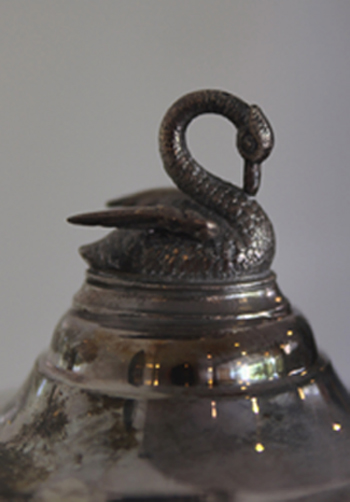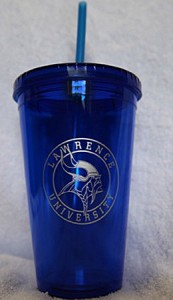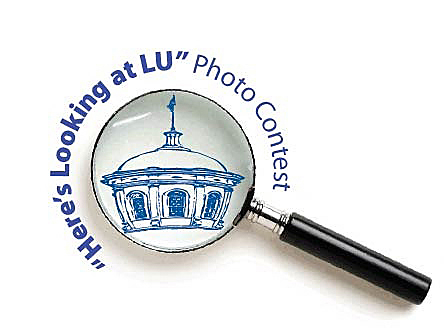Corinne Wocelka, who spent more than three decades assisting students and faculty members alike in the Seeley G. Mudd library, died suddenly Sunday, Sept. 14 after attending the Green Bay Packers game at Lambeau Field. She was 82.
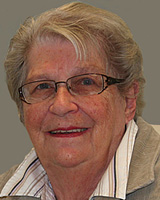
As associate professor and director of technical services in the library, Wocelka enjoyed a 33-year career amid the stacks, beginning in 1976 as a circulation assistant. She spent eight years as an acquisitions librarian and the following 24 years as director of technical services, overseeing the acquisition and processing of all new materials added to the library’s collections.
She led the creation of Lawrence’s on-line catalogue system that helped revolutionize the way we access information, played a leading role in modernizing the management of periodicals and was a driving force behind the creation of the Lincoln Reading Room.
In addition to her excellent work in the library, Wocelka was an active participant on faculty committees, especially the Honors Committee, which benefited greatly from her high standards and attention to detail.
She retired from Lawrence in 2010 and was awarded an honorary master of arts degree at that year’s June commencement.
A native of La Crosse, Wocelka studied in the Mudd library before she began working there, taking advantage of the library’s resources while completing her bachelor’s degree in language and literature at UW-Green Bay. She later earned a master’s degree in library science from UW-Oshkosh.
A celebration of Wocelka’s life will be held Saturday afternoon Sept. 27 (time TBD) at Touchmark, where she lived in retirement, 2601 Touchmark Dr., Appleton. A complete obituary will appear in the Sunday, Sept. 21 edition of The Post-Crescent.
About Lawrence University
Founded in 1847, Lawrence University uniquely integrates a college of liberal arts and sciences with a nationally recognized conservatory of music, both devoted exclusively to undergraduate education. It was selected for inclusion in the Fiske Guide to Colleges 2015 and the book “Colleges That Change Lives: 40 Schools That Will Change the Way You Think About College.” Individualized learning, the development of multiple interests and community engagement are central to the Lawrence experience. Lawrence draws its 1,500 students from nearly every state and more than 50 countries.
